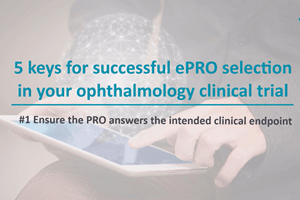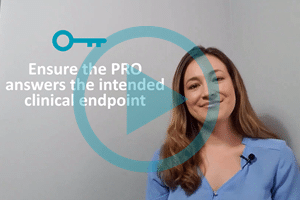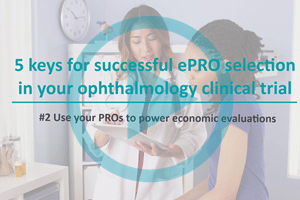
Case study
Ophthalmology Clinical Trials
Ophthalmic conditions and vision impairment currently affect 2.2 billion people globally: Data collection can be very challenging for patients with visual impairment, but the patient- and site-centric research approach that...









